Tempo Storm’s History of Hearthstone series concluded yesterday.
After eight weeks of shifting formats, with new expansions available to players every week, it was the Wild expert Dane who used all that knowledge of Hearthstone‘s less-loved Wild format to build a winning strategy.
His lineup of Malygos Druid, N’Zoth Reno Hunter, N’Zoth Reno Warlock, and a Dead Man’s Hand Warrior took him to victory the long way. After losing round one to Eugune “Neirea” Shumilin, Dane had to come all the way through the loser’s bracket of the double elimination tournament. He beat out Jon “Orange” Westberg and Paul “Zalae” Nemeth before coming face to face with Neirea again. On the second attempt it was a 3-1 win for Dane, who won his first-ever tournament.
The tournament was a lot of fun throughout the weeks, from the early Classic set only weeks all the way to the full Wild format. It even gave us some unforgettable moments, courtesy of Orange forgetting how old cards work.
So what’s the significance of this tournament? Well, it showed two things pretty clearly.
First of all, it showed that Wild has a big part to play in Hearthstone’s future. Standard is always going to be the predominant format, and that’s fine. It makes a lot of sense to have a restricted card pool, particularly in terms of promoting accessibility. It also creates an ever-changing format where things can shift dramatically every year.
But Wild is just too cool. Every time you watch Wild tournaments, there are decks that you could only imagine. Reno N’Zoth Hunter, for example, or crazy Druid Togwaggle combos. Whenever you tune in, you’re almost guaranteed to see something new and interesting.
Contrast that to Standard, where the meta for a tournament can be predicted. There’s the occasional surprise pick but they are few and far between. There’s nothing wrong with Standard being somewhat predictable. The shifts are more on a macro level, as players try to find counters to the top decks over a period of time.
Blizzard has supported Wild in recent years with the Wild Open, but that’s a one-off tournament. For most of the year Wild gets very little love. History of Hearthstone changed that, and reminded players what was available to them in the format. It would be fascinating to see if there was any correlation between Wild tournaments, and an increase in players playing the format.
Aside from the impact on Wild, the main takeaway from this tournament is that different is exciting. There’s always been a strong Hearthstone audience for alternative format tournaments, from Lord of the Arena, to Challengestone, to Trinity Series.
The competitive scene can’t just be Standard best-of-five conquest tournaments every time. That’s something Blizzard has recognized too, with the introduction of the Inn-vitationals to the Hearthstone esports program. Those tournaments provide a great counterbalance to the serious competition of the Hearthstone Championship Tour.
For most of the recent interesting tournament, we have to thank Doug “Gloudas” Wreden. He was the producer of the ESL Trinity Series, and now works on content with Tempo Storm. Right now, he and Tempo Storm are the only third party organizer putting on anything really interesting for Hearthstone tournaments. Almost everything else is a Hearthstone Championship Tour Stop.
So hats off to you, Tempo Storm, for continuing to put on interesting Hearthstone tournaments. Viewers have shown that a relentless onslaught of identical events will turn them off—it’s up to other organizers to follow the path that Tempo Storm has set.


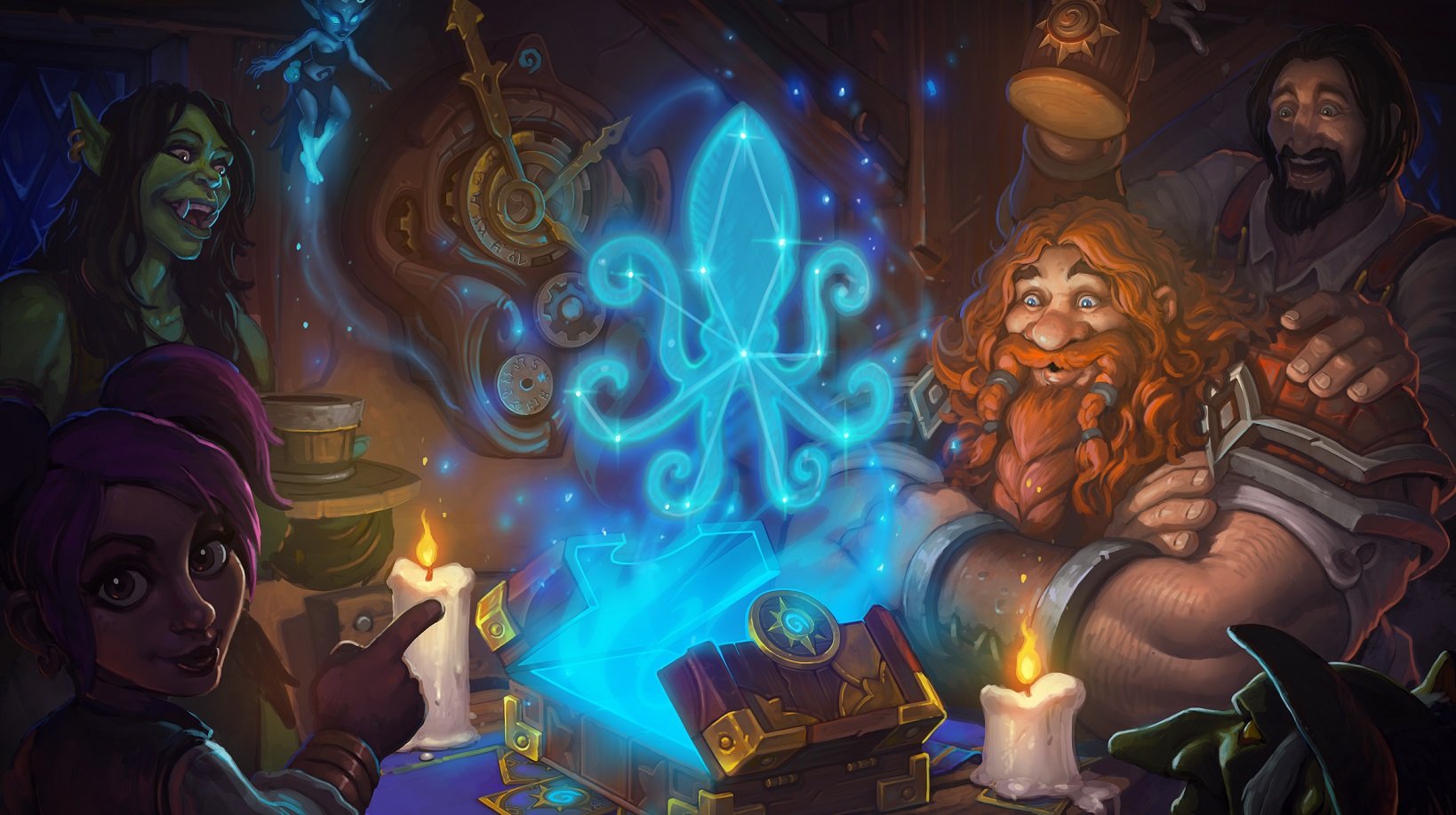
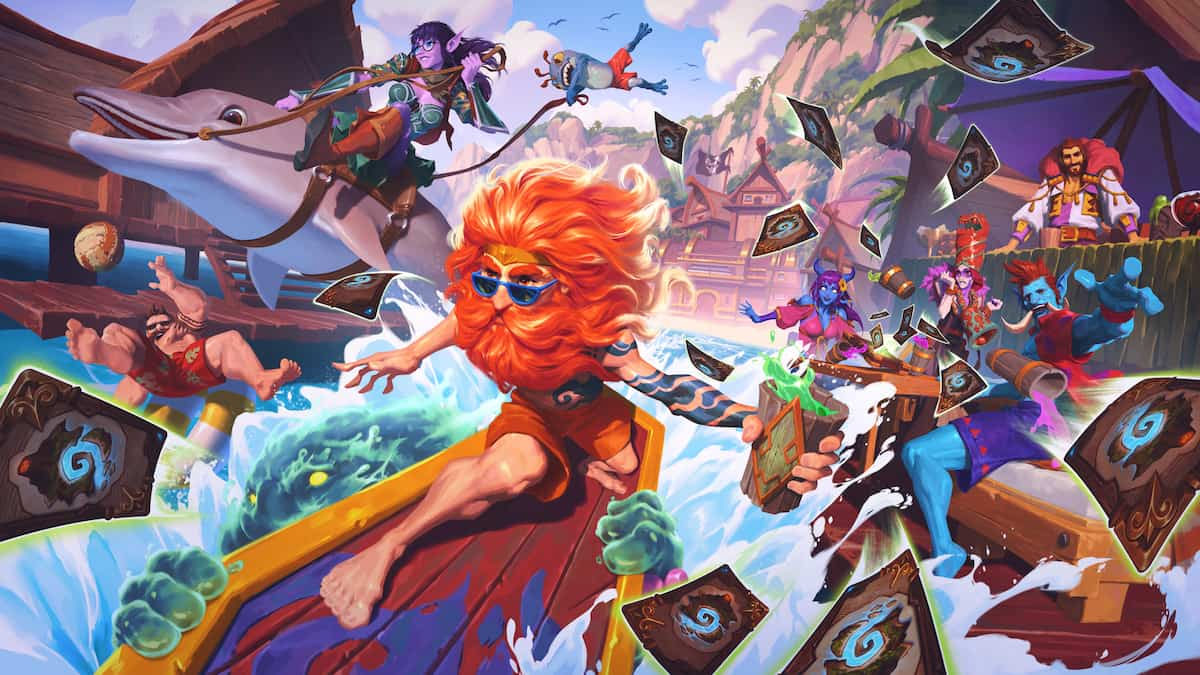
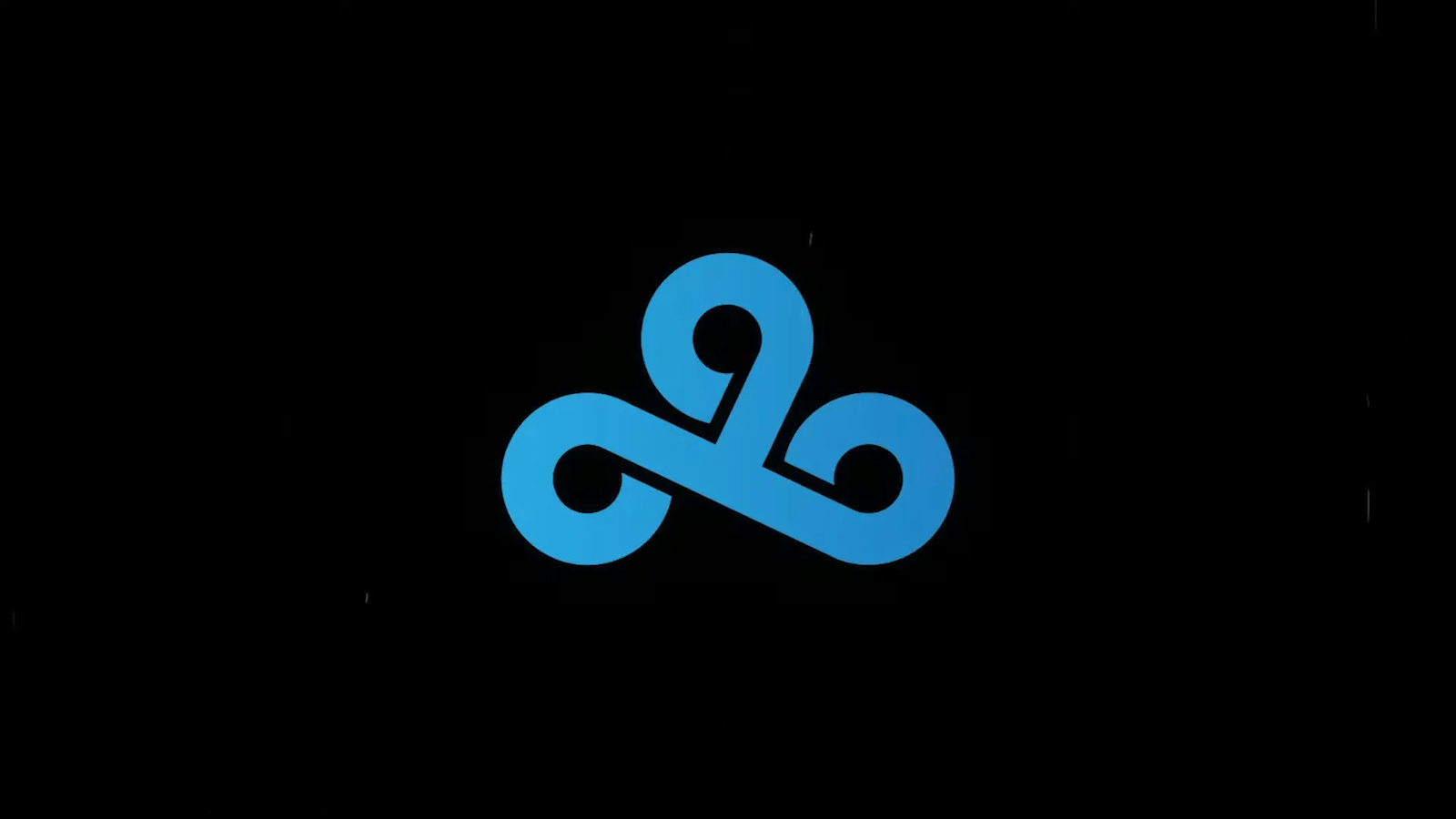

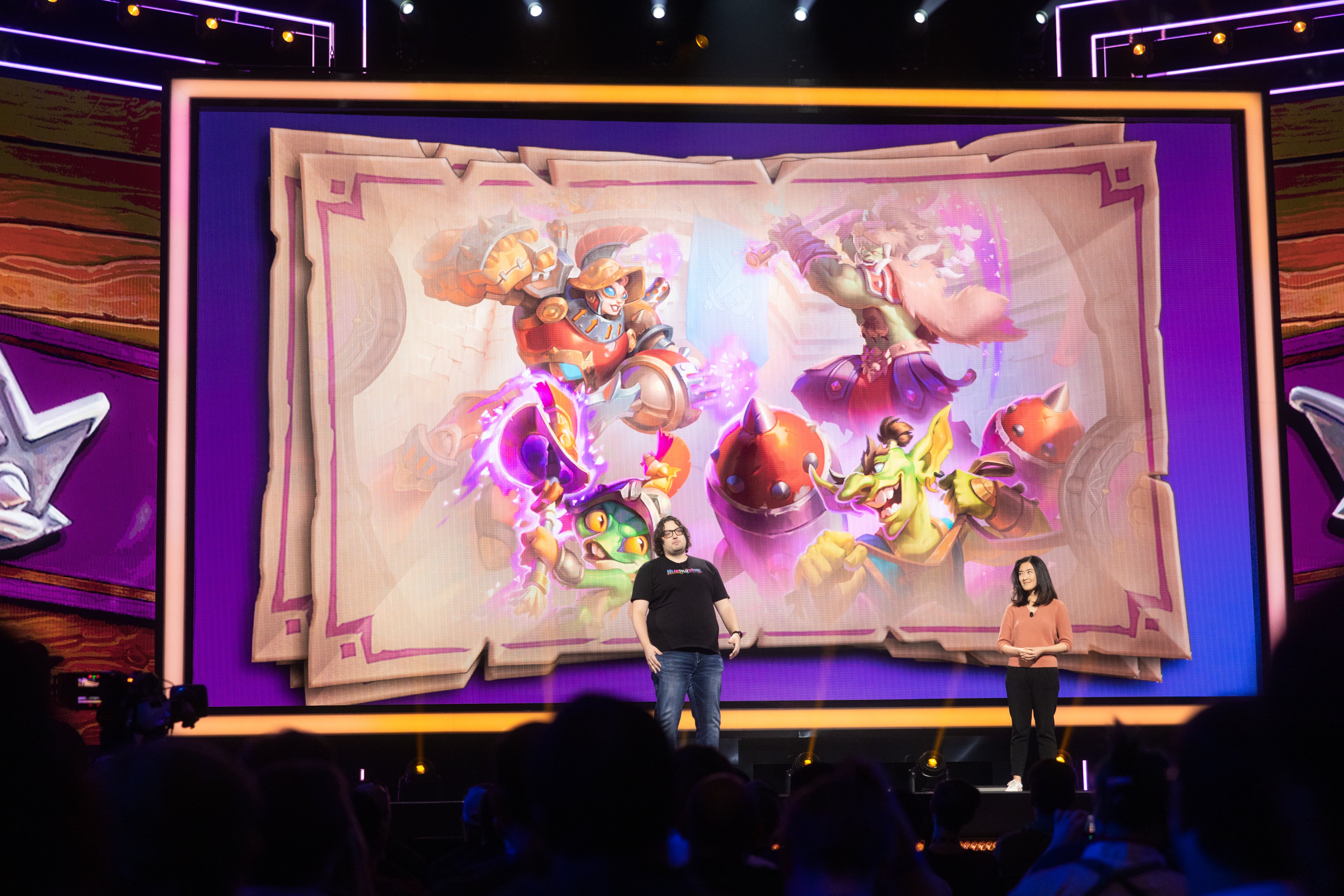
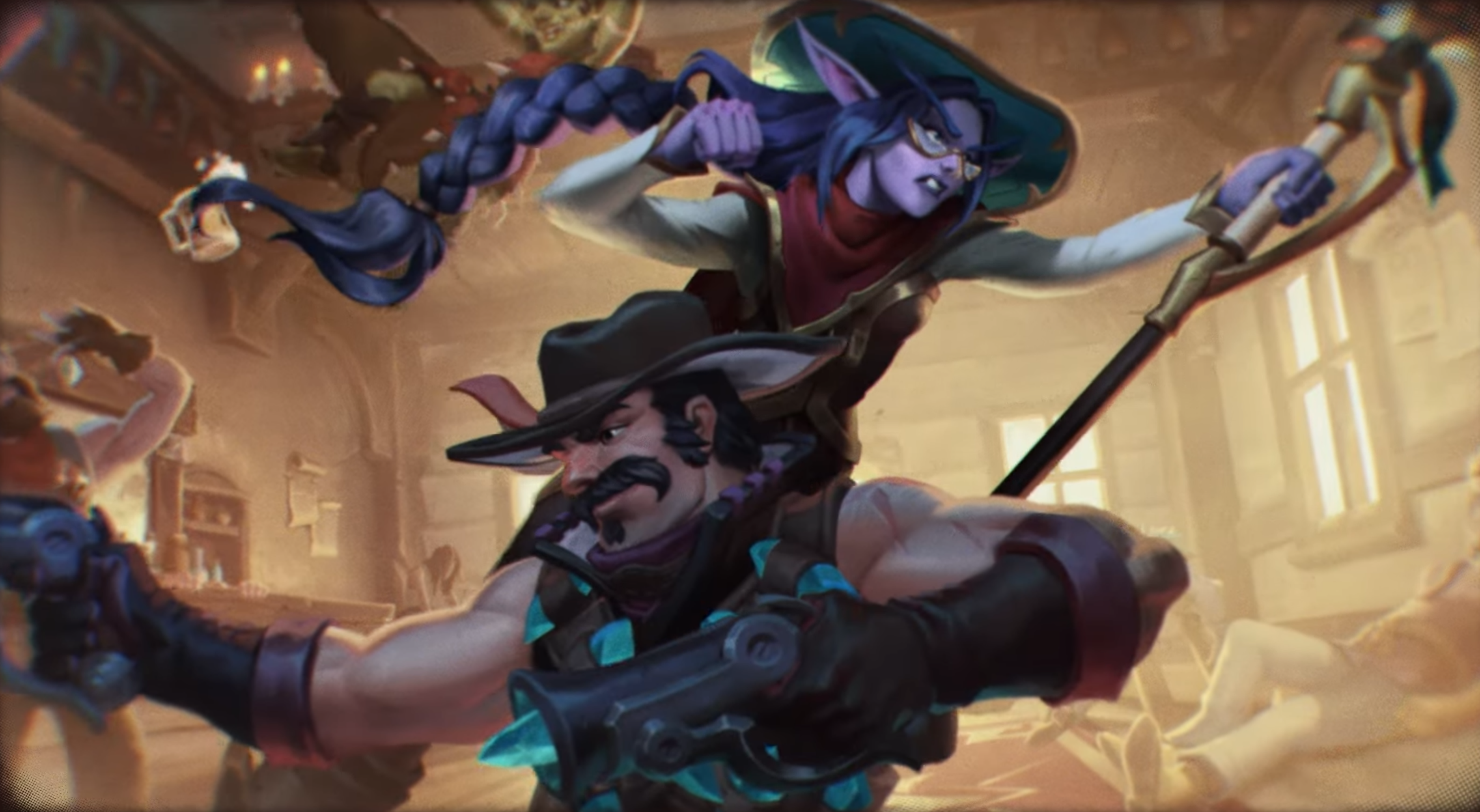
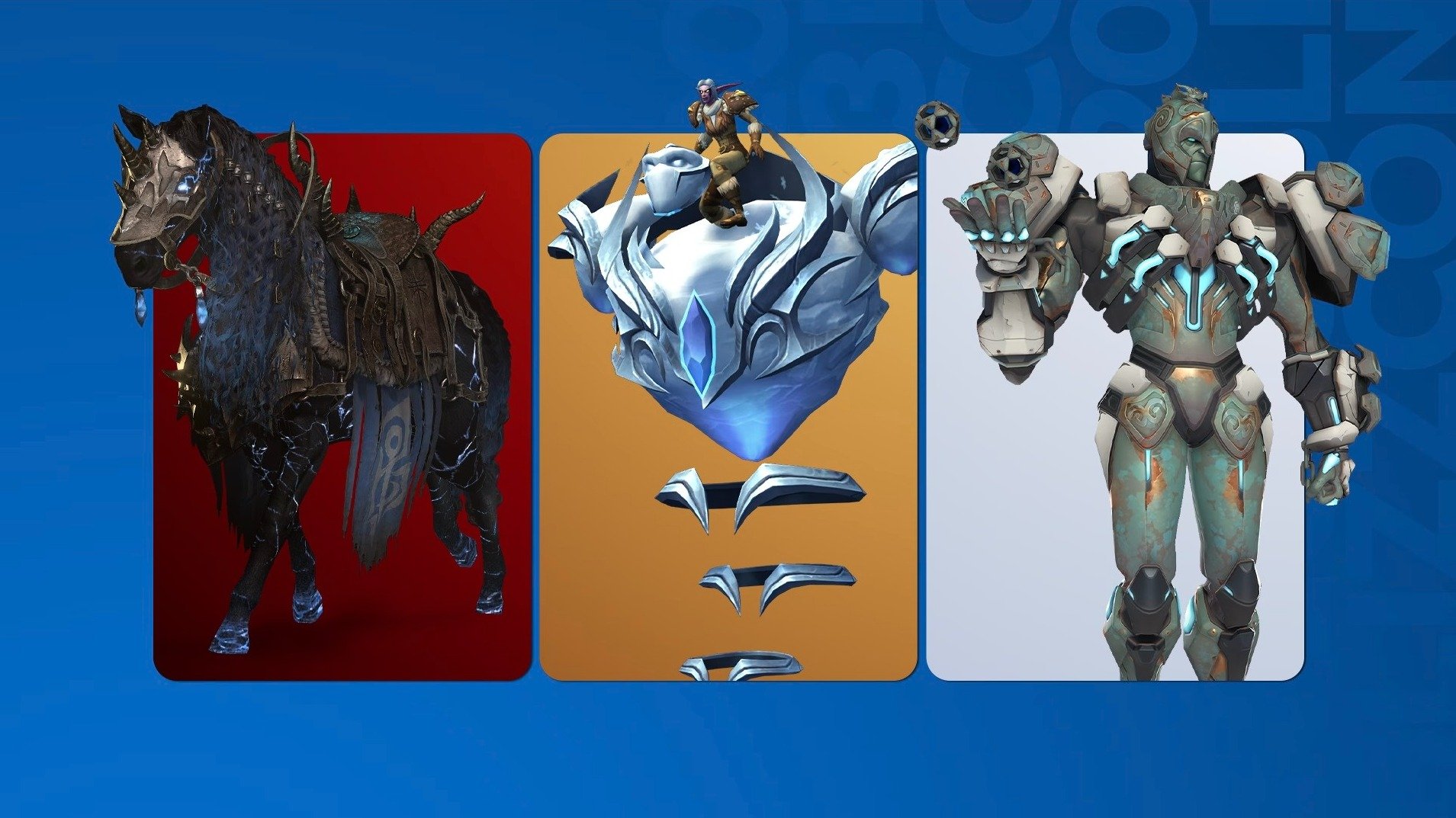
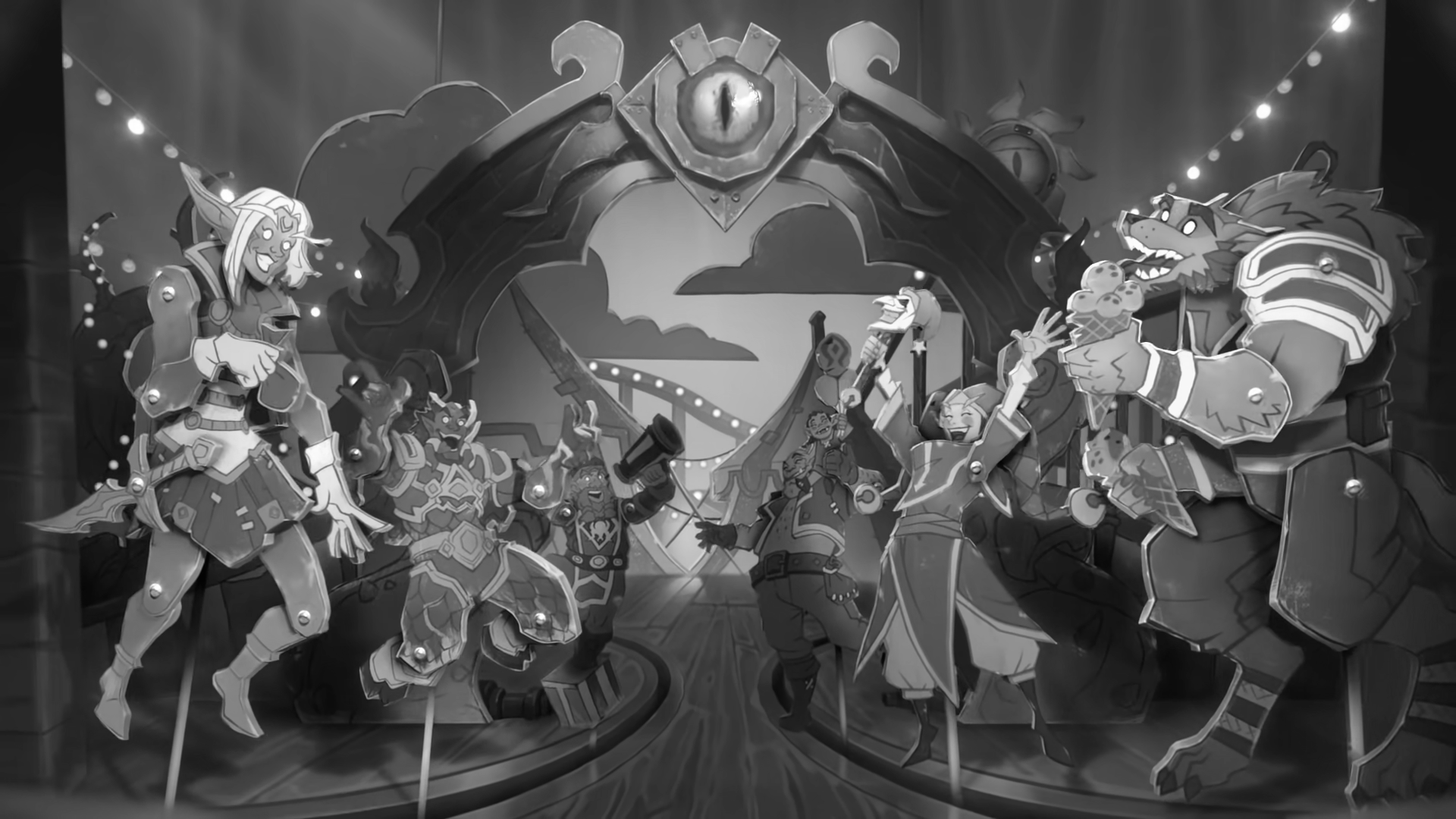
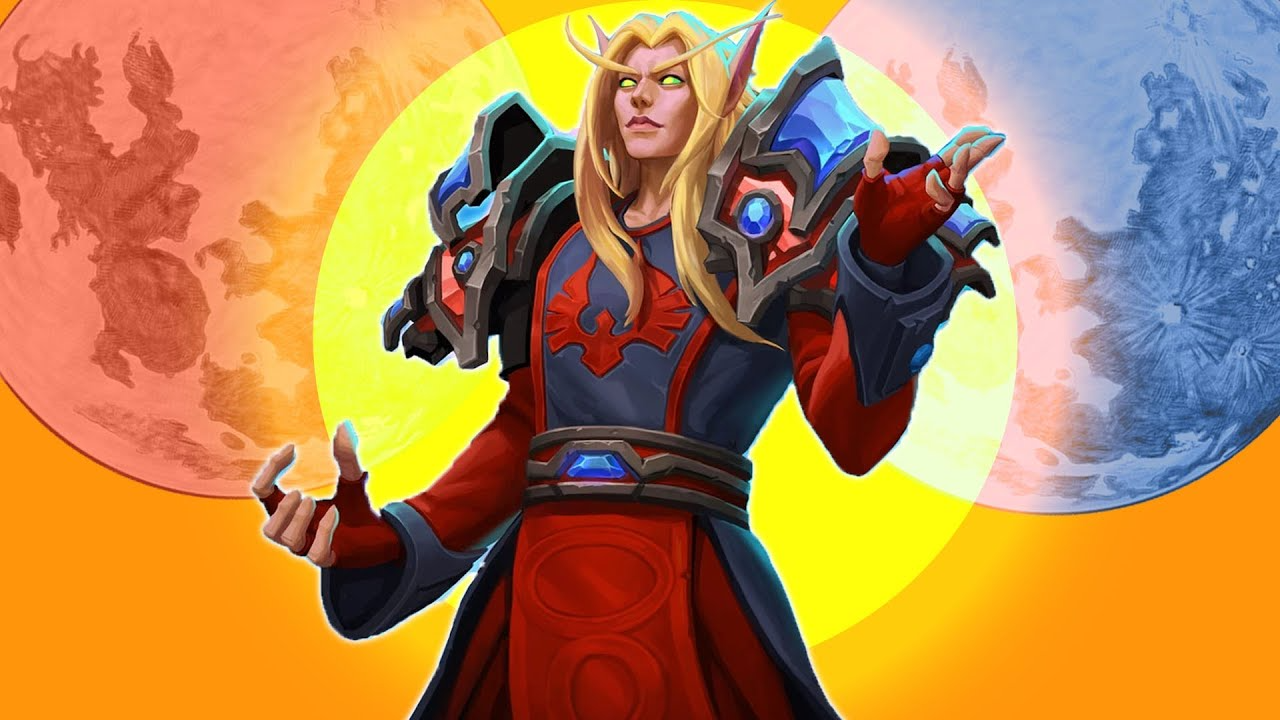

Published: Jun 21, 2018 07:53 am